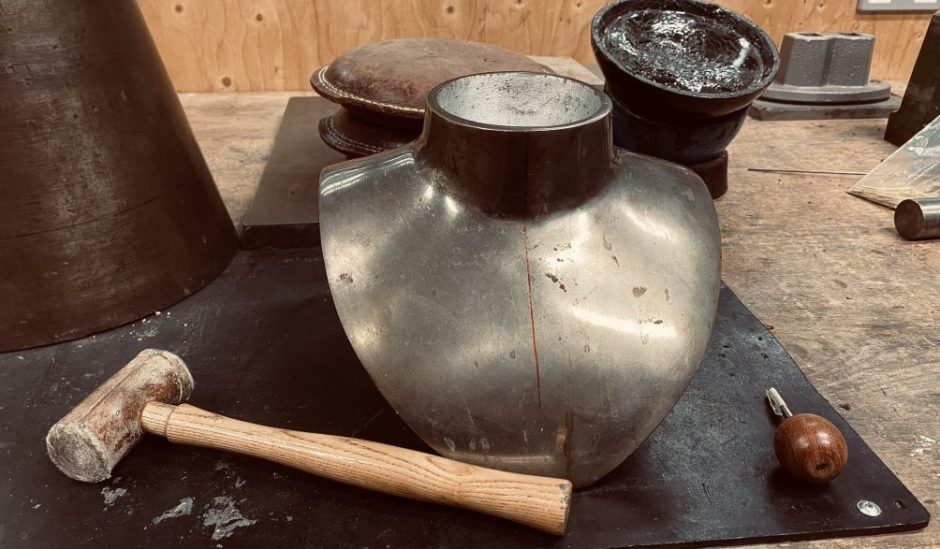1. Setting the Scene
• Describe the workshop environment. What do you see, hear, and smell?
• What materials and tools are being used?
• How is the space organised? Is it open or crowded? Bright or dimly lit?
• Record images or sounds within the environment. For example, capture the arrangement of tools or the ambiance of the space.
2. Crafting Processes
• What is being made in the workshop?
• Describe the step-by-step process you observe. This can be simplified if you want just to understand the gist of the process.
• Who is doing each step? Are roles divided among people?
• Take detailed images or short recordings of key moments in the process.
3. People and Roles
• Who is working in the workshop? Describe their roles, actions, and expressions.
• How do people interact with each other? Are there specific leaders?
• What can you learn about the workers skills or training by watching them?
• Record short interviews with the workers if they are comfortable and aware of what you are trying to produce, ask about their daily routines.
4. Tools and Materials
• What tools and materials are being used?
• Are they shared or personal?
• Are the materials locally sourced or brought from elsewhere? Are they sustainable in origin?
• Photograph or describe tools and materials in detail, including their wear and tear swell as patinas.
5. Traditions and Knowledge
• What stories or traditions do the craftspeople share about their work?
• Ask about the history of the craft. How did they learn it, and who taught them?
• Are there specific techniques unique to this workshop
• Record spoken stories or descriptions of techniques being passed down.
6. Challenges and Concerns
• What challenges do the craftspeople face in their work?
• Are there any risks or dangers in the workshop? (e.g., sharp tools, chemicals)
• What do they say about their income, materials, or market demands?
• Capture evidence of challenges, such as worn out tools, unfinished work, or safety equipment or lack of, injuries from the work.
7. Interactions
• How do the craftspeople react to your presence, if it’s not a common situation?
• Are they open to talking about their work, or are they reserved?
• Do they mention how outsiders like you affect their craft or community?
• Observe body language, tone, and gestures while recording interactions.
8. Final Reflection
• What did you learn from the workshop?
• What surprised you about their methods or stories?
• How do the craftspeople view their work in the context of their community or heritage?
• Use images, notes, and sounds to explain your reflection in detail.
Notes for Students
• Be respectful and sensitive when asking questions, especially about personal or community challenges.
• Seek permission before taking photos or recordings.
• Use simple language if there is a language barrier.
• Always ensure your actions align with local customs and health/safety practices.
Health and safety should be your priority and no interaction with the process should happen if you feel it is unsafe.
Also be mindful of being alone if this is not part of an official placement, is the area and situation safe to be alone in or should you be joined with a friend and your location be given to others prior to attending.
